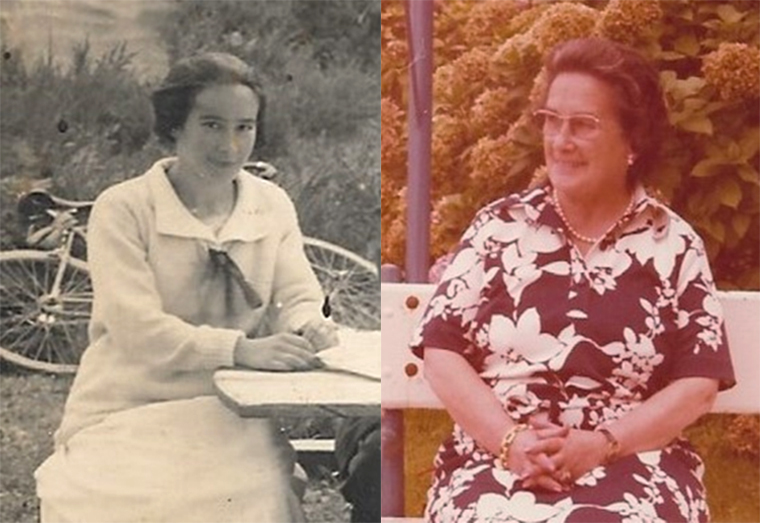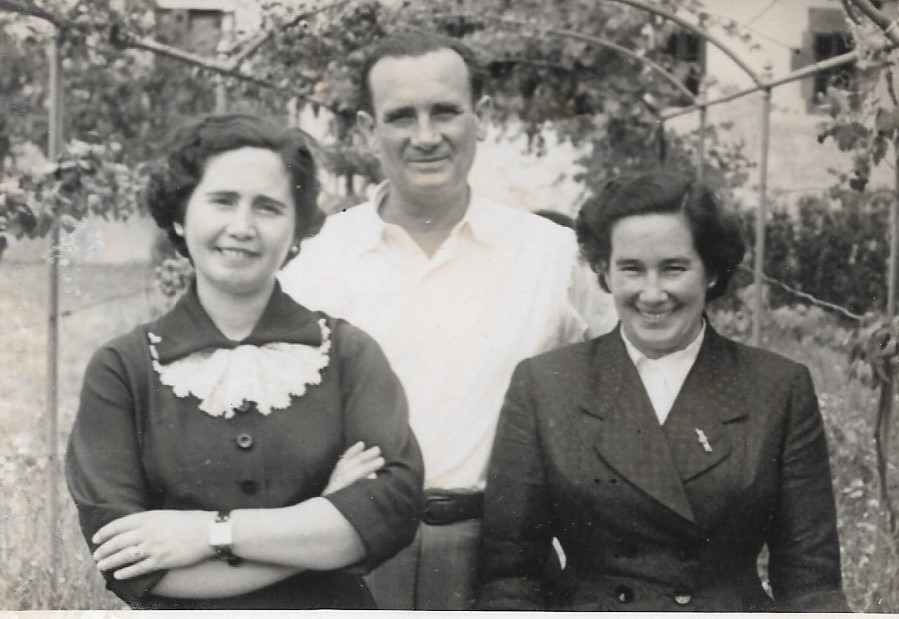Basque ethnography at a glance
On 14 March, the book that the author Jule Gabilondo Maite wrote in Saint-Jean-de-Luz (Labourd) between 1937 and 1938 was presented in the cultural centre in the Torrebillela tower house (Mungia).
Jule Gabilondo Arruza-Zabala was born in Mungia on 29 January 1902. Her father, Juan Gabilondo Azurmendi, a doctor, was from Zegama (Gipuzkoa) and her mother, Leonor Arruza-Zabala Etxaburu, from Gueñes (Bizkaia). Her maternal grandfather, Raimundo Arruza-Zabala, was born in Mungia, but married in the town of Gueñes and returned to his birthplace with his family several years later.
Jule fell in love with books at a very young age — and mention should be made of the ongoing influence of the poet Lauaxeta — and she won a literary prize run by the magazine Euskal-Esnalea in 1930. Spurred on by this award, she began to work for different publications (Euzkadi, Euzko, Ekin, Aberri, Eguna…) from 1931 to 1937. She wrote over 200 contributions, including articles and columns. Her favourite themes were: women, the nationalist doctrine, religion, the Basque language, Basque youth and the local section.
Jule Gabilondo’s political and cultural activity should be confined to around the “Emakume Abertzale Batza” movement as she was an active supporter. She signed her newspaper articles with her pseudonym (Mat̄e) and added the tagline E.A.B. to stress her activism in the group of nationalist women. During the Second Spanish Republic, Jule Gabilondo was a speaker at numerous conferences — always in Basque — and the majority of times on topics relating to women’s issues.
The bombing of Gernika and the subsequent arrest of Lauaxeta, the poet and her friend, hit Jule Gabilondo so hard that the author’s pen fell silent and she stopped writing for newspapers.
When Mungia and Bilbao fell to the fascist troops, Jule Gabilondo and her family set sail from Santander to Bordeaux; from where they made their way to Saint-Jean-de-Luz (Labourd) in the French Basque Country. Jule Gabilondo there wrote Jel-azia, her book whose whereabouts would be unknown for over 80 years.
On her return, Jule lived in Gipuzkoa (Zegama, Beasain, Lazkao, Donostia/San Sebastián) and would always keep the Basque Language and Basque culture close to her heart. Unfortunately, the author from Mungia’s pen remained silent during the post-war period. She died at the age of 91 in Donostia on 1 January 1994.
In 2019, María Elena Etcheberry, the widow of Andrés de Irujo, made a large donation to the Basque Historical Archive, and which included a collection of works of the Basque publisher Ekin of Buenos Aires. The original text of the book Jel-azia appeared in that collection. The typed text was 150 pages long and in a relatively good state. How did the book end up in Argentina? Who took it to The Americas? ….
The book covers five main themes: 1. The Basque Country, 2. The Basque Language, 3. Basque Women, 4. Basque Youth, and 5. The Basque Country and the Spanish Civil War. Basque readers now have the opportunity to read this book by the young author from Mungia, Jule Gabilondo Maite, during the turbulent years of the Spanish Civil War.
Iñaki Sarriugarte Irigoien



